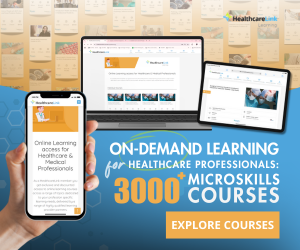Anaesthesia | Paediatrics | Appendicectomy and Laparotomy
Appendicectomy and Laparotomy
Session Overview
Description
This session explains the key components relevant to the anaesthetist in the perioperative management of a child undergoing urgent appendicectomy and laparotomy.
Learning Objectives
By the end of this session you will be able to:
- Identify key issues in preparation of the child for urgent abdominal surgery
- Describe the appropriate anaesthetic technique, equipment and drugs to be used in an anaesthetic plan for the paediatric patient undergoing appendicectomy
- Identify common perioperative problems that may occur during this type of operation
- Describe important aspects of postoperative care in relation to appendicectomy
Prerequisites
Before commencing this session you should:
- Be aware of the basic principles underlying the anaesthetic management of paediatric patients
- Be aware of the common problems that may occur perioperatively with this type of surgery
- Complete Module 01/Introduction to Anaesthesia/Principles of Anaesthesia/Fluid Balance/IV fluids (001-0058)
Laparotomy describes any surgical incision into the peritoneal cavity. Appendicectomy is a type of laparotomy and is commonly performed as an urgent operation in the paediatric population over five years of age (Fig 1). This session covers the knowledge and skills that are necessary for anaesthetists to care for the child patient undergoing urgent appendicectomy. The session is divided into the three sections:
- The preoperative assessment. This will describe the importance of effective communication whilst taking a history from both child and parent. It will explain the brief physical examination to be carried out and how any investigations may be interpreted
- The Intraoperative phase. This will explain the anaesthetic plan including the calculation of drug doses and the selection of appropriate equipment. A rapid sequence induction (RSI) is usually carried out during this phase, and this is also described
- The postoperative phase. Here we describe how to deal with immediate postoperative airway problems such as laryngospasm and aspiration of gastric contents. We cover how appropriate analgesia should be administered and titrated to response
- NiPHC Transition to Practice Program
- Posted By APNA - Australian Primary Healthcare Nursing Association - Transition to Practice Program
- Posted Date: 2024-11-28
- Location:Online
- Transition to Practice Program: helping nurses make the move into primary health care.
- Non-pharmacological Approaches to the Management o...
- Posted By eIntegrity Healthcare e-Learning
- Posted Date: 2024-11-28
- Location:Online
- This session presents a wide spectrum of non-pharmacological approaches to the management of chronic...
- Medications and Older Adults course
- Posted By eIntegrity Healthcare e-Learning
- Posted Date: 2024-11-28
- Location:Online
- This session describes the physiological changes that occur with ageing and the effects these change...
- Common Pain Conditions in Older People course
- Posted By eIntegrity Healthcare e-Learning
- Posted Date: 2024-11-28
- Location:Online
- This session describes some of the most common conditions that cause pain in older people, the manag...
- Assessment of Pain in Older Adults course
- Posted By eIntegrity Healthcare e-Learning
- Posted Date: 2024-11-28
- Location:Online
- This session describes the assessment of pain in older adults and the range of assessment tools avai...


